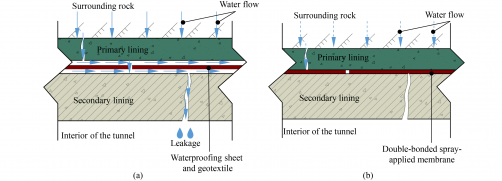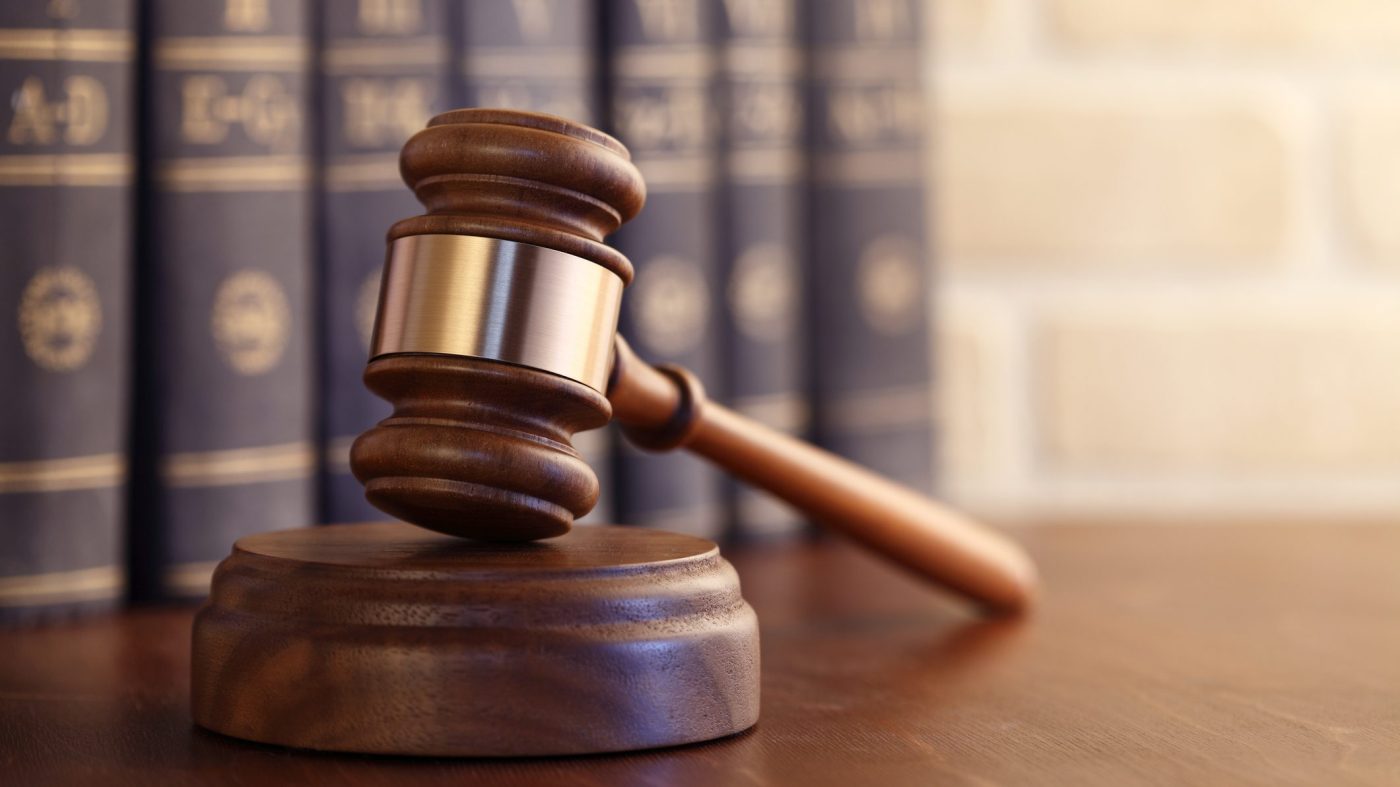New Tunnel Waterproofing System Reduces Leakage Risks by 65%

In a significant advancement for tunnel engineering, a research team has developed a novel waterproof-drainage system aimed at addressing persistent water leakage issues in tunnels. This innovative system, based on double-bonded waterproofing materials, promises to enhance the safety and longevity of tunnel structures.
Water leakage has long plagued tunnel operations, leading to accelerated aging of linings and posing risks to structural integrity. Traditional waterproofing methods utilize non-bonded waterproof sheets, which often fail to adequately bond with primary and secondary linings. This failure allows groundwater to seep between layers, resulting in leaks that can compromise safety.
Breakthrough in Tunnel Waterproofing Technology
The research team, consisting of experts including Xiaohe SUN and Chenghua SHI from Central South University, Guoqing XIAO of PowerChina ZhongNan Engineering Corporation Limited, Yangyang GE from Beijing Oriental Yuhong Waterproof Technology Co. Ltd., and Chengyong CAO of Shenzhen University, has published a study titled “A Novel Tunnel Waterproof-Drainage System Based on Double-Bonded Waterproofing Materials and Its Seepage Characteristics”.
The study introduces a waterproofing system that employs double-bonded spray membrane materials. Unlike traditional methods, this system prevents interlayer water flow, which has previously limited its application in drainage-type tunnels. The new design incorporates a concept of “localized drainage and pressure reduction,” ensuring effective management of groundwater.
The core components of the system include:
- Waterproof system: A double-bonded spray membrane situated between the primary and secondary linings, excluding the arch section, along with secondary lining concrete.
- Upper circumferential drainage system: Plastic drainage sheets and transversal guide pipes that redirect groundwater to longitudinal pipes and a central ditch.
- Bottom circumferential drainage system: Bottom drainage blind pipes that collect surrounding rock groundwater, complemented by vertical guide pipes directing water to the central ditch.
- Longitudinal drainage system: Longitudinal blind pipes, side ditches, and a central ditch that connect transversal drainage to discharge groundwater outside the tunnel.
Key Findings from Numerical Simulations
To evaluate the system’s performance, the researchers conducted numerical simulations, focusing on steady-state seepage analysis. The results revealed unique pressure distributions in the secondary lining: the water pressure exhibited a circumferential “mushroom-shaped” pattern, decreasing from the arch top to the tunnel bottom, and a longitudinal “wave-shaped” pattern, with the lowest pressure located at the circumferential drainage and the highest between the two drainage systems.
Under typical conditions, including a water head of 160 m and rock permeability of 10−6 m/s, the maximum water pressure on the secondary lining was recorded at 0.6 MPa. This represents a remarkable reduction of 65% compared to fully encapsulated waterproofing systems, which measured 1.7 MPa, and a 30% decrease from traditional drainage systems at 0.86 MPa.
Further analysis indicates that the system effectively reduces static water pressure by at least 40% across various groundwater environments, reaching up to 85% in ultra-low permeability strata of 10−7 m/s. The design demonstrates adaptability, with bottom blind pipes proving effective in high-permeability rock, while upper drainage sheets excel in low-permeability conditions.
The findings from the study are anticipated to reshape practices in tunnel waterproofing, offering a more reliable solution to a longstanding engineering challenge. The full text of the research paper can be accessed at https://doi.org/10.1007/s11709-024-1100-4.






